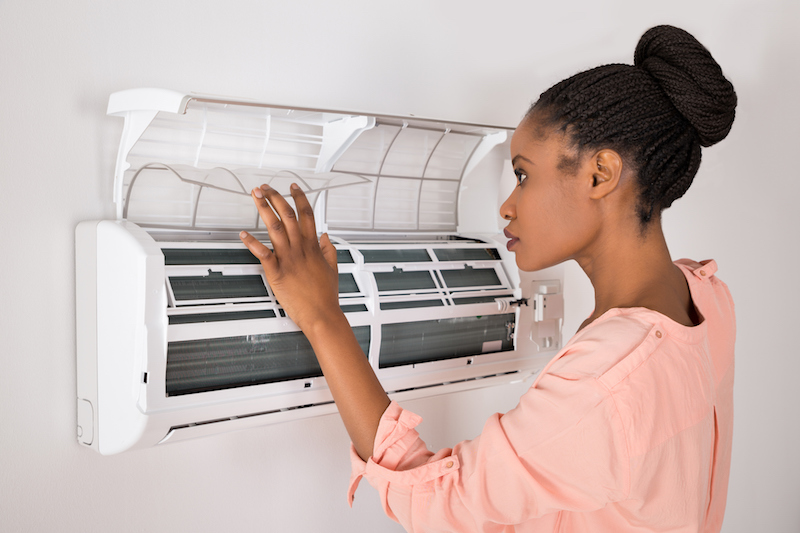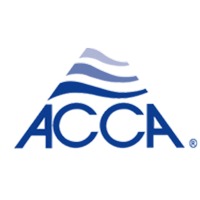
You shouldn’t be forced to compromise on comfort or spend a lot to keep your house at the right temperature during warm days.
But what is the best temperature, exactly? We review recommendations from energy professionals so you can select the best temperature for your family.
Here’s what we recommend for the most energy-efficient setting for air conditioning in Eastland.
Recommended Thermostat Settings for Summer
Most families find setting the thermostat at 72-73 degrees is most comfortable. However, if there’s a big difference between your inside and outdoor warmth, your AC bills will be bigger.
These are our recommendations based on the U.S. Department of Energy (DOE) and ENERGY STAR®.
While at home: 78 degrees. While that seems hot, there are methods you can keep your house refreshing without having the air conditioning going constantly.
Keeping windows and window treatments closed during the day keeps cool air where it belongs—indoors. Some window treatments, such as honeycomb shades or plantation shutters, are created to deliver added insulation and improved energy efficiency.
If you have ceiling fans in your house, the DOE says you can raise thermostat temps about 4 degrees hotter without sacrificing comfort. That’s due to the fact they refresh by a windchill effect. Since they cool people, not areas, switch them off when you leave a room.
If 78 degrees still appears too uncomfortable at first glance, try running a test for a week or so. Begin by upping your setting to 78 degrees while you’re at your house. Then, steadily turn it down while following the suggestions above. You may be shocked at how cool you feel at a hotter temperature setting.
While away: 88 degrees. There’s no reason to keep the air conditioning going all day while your residence is empty. Turning the setting 7–10 degrees hotter can save you an estimated 5–15% on your electricity bills, according to the DOE.
When you arrive home, don’t be tempted to set your thermostat under 78 to cool your home faster. This isn’t productive and often leads to a more expensive electrical expense.
A programmable thermostat is a good approach to keep your settings under control, but it requires setting programs. If you don’t set programs, you risk forgetting to change the set temperature when you leave.
If you need a handy fix, think over buying a smart thermostat. This thermostat connects with your phone, so it knows when you’re at your residence and when you’re gone. Then it instinctively modifies temperature settings for the best savings. How much exactly? Typically $180 yearly on heating and cooling, according to ENERGY STAR.
Another perk of using a smart thermostat? You can use your phone to keep an eye on and change temperature settings from almost anywhere.
While sleeping: Around 70 degrees. While ENERGY STAR advises 82 degrees, that might be unpleasant for many families. Most people sleep better when their sleeping area is chilled, so that’s why the National Sleep Foundation recommends 60–67 degrees. But that could be too cool, due to your pajama and blanket preference.
We advise using an equivalent test over a week, moving your thermostat higher and slowly turning it down to choose the ideal setting for your house. On mild nights, you may find keeping windows open at night and relying on a ceiling fan is a superior option than using the air conditioner.
More Approaches to Save Energy During Warm Weather
There are added approaches you can conserve money on AC bills throughout warm weather.
- Buy an energy-efficient AC system. Central air conditioners only last about 12–15 years and get less efficient as they age. An updated air conditioner can keep your home comfier while keeping utility bills down.
- Set annual air conditioner service. Routine air conditioner maintenance keeps your unit working properly and could help it operate more efficiently. It could also help extend its life span, since it allows technicians to pinpoint seemingly insignificant problems before they cause a major meltdown.
- Change air filters regularly. Follow manufacturer instructions for replacing your air filter. A dirty filter can cause your system to short cycle, or turn on and off too often, and increase your electricity.
- Check attic insulation levels. Just about 90% of houses in the USA don’t have adequate insulation, according to the Insulation Institute. Most southern climates should have 13–14” of attic insulation, while northern climates require 16–18”.
- Have your ductwork examined. Ductwork that has loosened over time can leak conditioned air into your attic, walls or crawl space. This can lead to huge comfort problems in your residence, such as hot and cold spots.
- Seal cracks, doors and windows. Keep muggy air in its place by sealing openings. You can also caulk or weather strip doors to seal more conditioned air indoors.
Use Less Energy During Hot Weather with J & J Air Conditioning
If you need to save more energy during warm weather, our J & J Air Conditioning experts can assist you. Reach us at 254-355-3833 or contact us online for additional details about our energy-saving cooling solutions.

